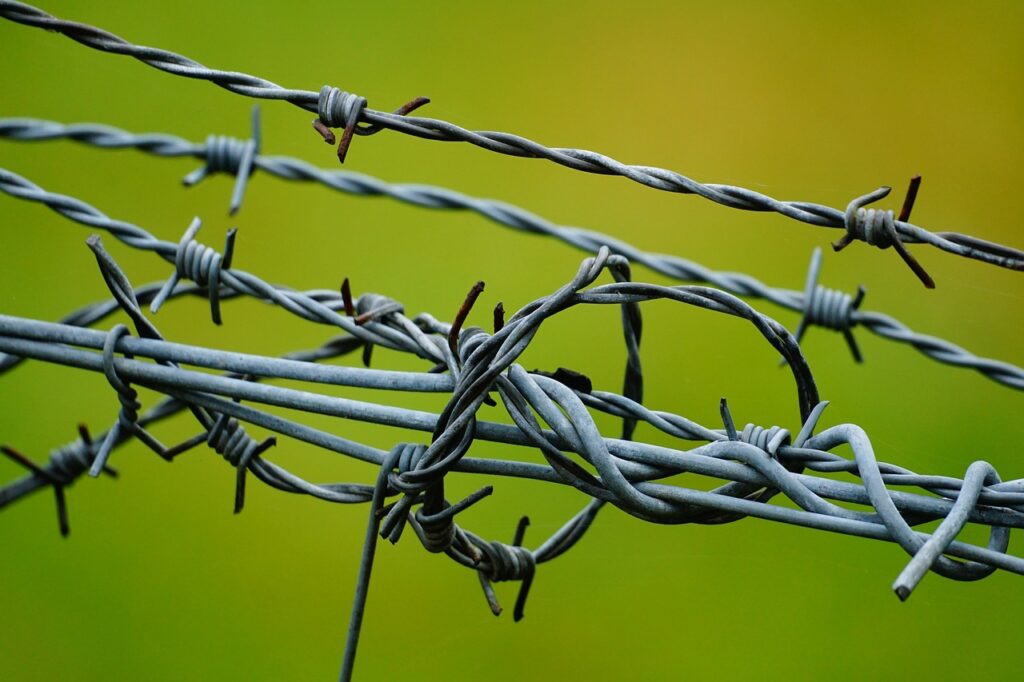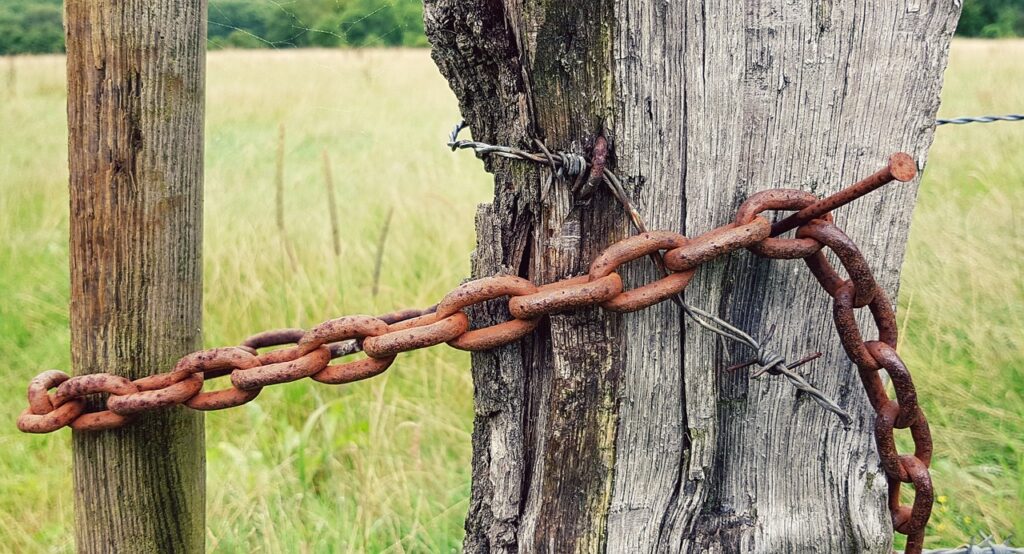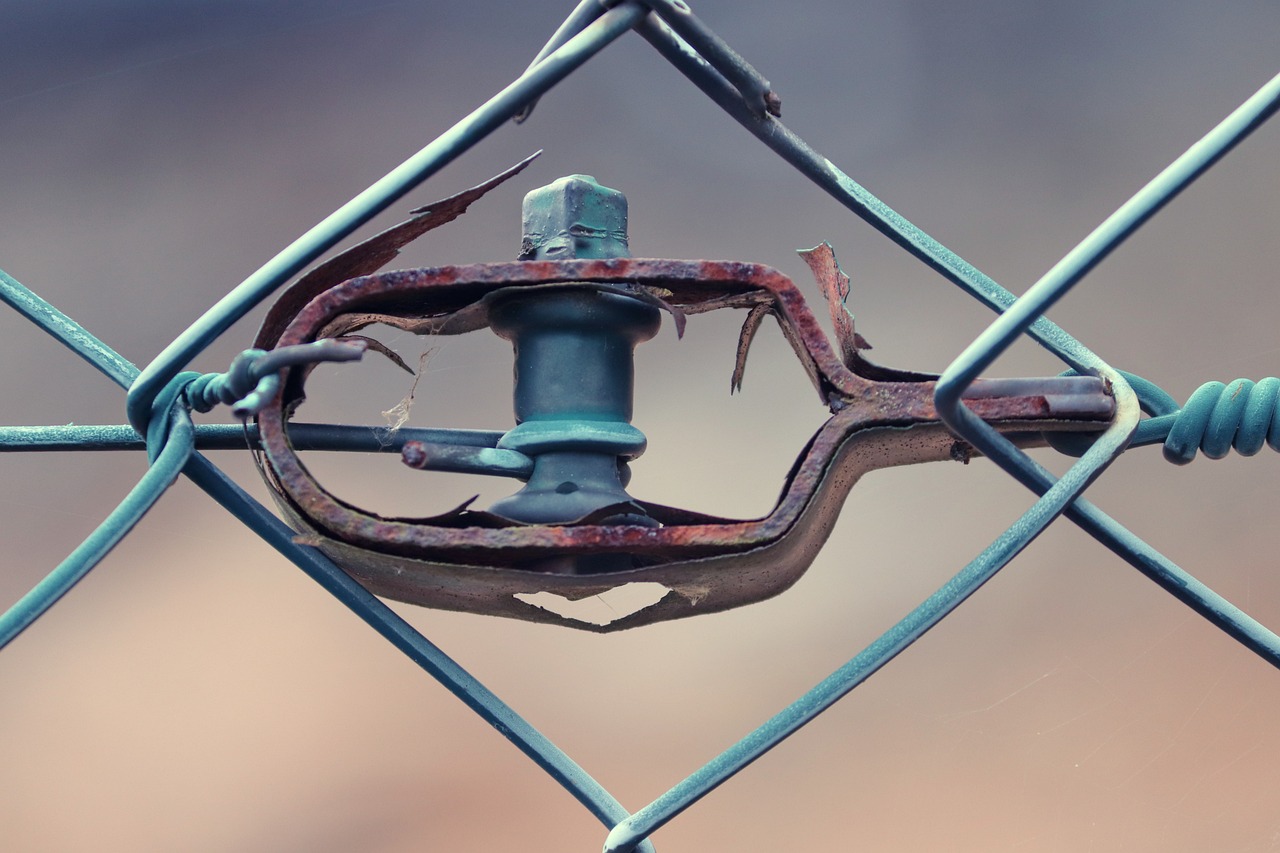Fix Your Wire Fence in 5 Easy Steps – Save Time & Money
A wire fence can serve you for years, but like everything else exposed to the elements, it will eventually need repairs. Whether it’s from weather, animals, or just general wear and tear, fixing a wire fence doesn’t have to be a hassle or cost you a fortune. In this blog, we’ll cover can you how to fix a wire fence in 5 simple steps that will save you money and extend the life of your fence. So, let’s dive in!
Why You Need to Repair Your Wire Fence
Before jumping into the repairs, let’s discuss why maintaining your wire fence is essential. Over time, wire fences can face several problems:
- Environmental wear: Exposure to moisture, humidity, and extreme temperatures can cause rust and corrosion.
- Physical damage: Wind, animals, and even human error can break or weaken wires.
- Structural issues: Loose or unstable posts can cause sections of the fence to sag or collapse.
If left unaddressed, these issues can grow and result in more expensive repairs. A small investment in fixing the fence now can prevent costly replacements later on.
Step 1: Inspect the Fence for Damage
The first step is to carefully inspect your fence to identify the damage. Walk along the entire perimeter of the fence and look for:

- Broken wire sections: These could be caused by animals, accidents, or harsh weather.
- Rust or corrosion: Rust weakens the integrity of the wire and can cause it to snap under pressure.
- Loose posts: If the posts are shifting or leaning, it will affect the stability of the entire fence.
Pay close attention to areas where the fence comes into contact with vegetation, as plants can cause rust or pressure on the wires. Identify the most critical issues that need immediate attention and make a note of what materials you will need to fix them.
Step 2: Gather the Necessary Tools
Before beginning any repair work, it’s important to have the right tools on hand. Here’s a list of essential items you’ll need:
- Wire cutters: To trim broken or rusted sections of wire.
- Pliers: To twist wires together and tighten connections.
- Fence staples: For securing wire to wooden fence posts.
- Post driver or hammer: If you need to secure loose posts.
- Safety gear: Gloves and safety glasses to protect yourself from sharp wires and debris.
Having everything ready will save you time and ensure the repairs are done efficiently and safely.
Step 3: Repair Broken or Rusted Wire
Once you have all the tools, it’s time to tackle the broken or rusted sections. Here’s how you can fix these issues:
Repairing Broken Wire:
- Step 1: Use the wire cutters to remove the broken section.
- Step 2: Twist the ends of the remaining wire tightly together using the pliers. Make sure the twist is firm to avoid future breakage.
- Step 3: For added security, use fencing staples to ensure the wire stays in place along the posts.
Repairing Rusted Wire:
- Step 1: Cut out the rusted sections with wire cutters.
- Step 2: Replace them with new, rust-resistant wire.
- Step 3: For extra protection, consider applying a rust-proof coating to prevent future corrosion. You can also replace sections with galvanized wire, which is coated with zinc to prevent rust.
This process will restore the strength of your fence and prevent future issues from arising due to weakened wire.
Step 4: Fix Loose or Leaning Fence Posts
Loose or leaning fence posts compromise the stability of your fence and should be addressed immediately. Here’s how to fix them:
- Step 1: First, dig around the base of the loose post to expose it.
- Step 2: If the post is wooden, you can add cement or gravel around the base to stabilize it. For metal posts, a post driver will help push it back into the ground.
- Step 3: Once the post is secure, reattach the wire by tightening it and using fence staples to hold it in place. Be sure to check that the wire is pulled tight and is evenly secured across the posts.
By securing the posts properly, you’ll avoid the need for future repairs and ensure your fence remains stable under wind or pressure.
Step 5: Maintain Your Fence to Avoid Future Repairs
Once your fence is repaired, the key to extending its lifespan is proper maintenance. Here’s how you can keep your wire fence in top condition:
- Regular Inspections: Check your fence every few months for any signs of wear or damage. Catching problems early can save you time and money on larger repairs.
- Vegetation Control: Trim any plants or vines growing near the fence to avoid them pushing against the wire and causing damage.
- Apply Protective Coatings: If you live in a humid or rainy area, consider applying a rust-resistant spray to your fence. This will help protect against corrosion and extend the life of the wire.
By staying on top of maintenance, you’ll avoid major issues and ensure your wire fence continues to perform well for years.

Common Mistakes to Avoid When Fixing Your Wire Fence
While repairing your wire fence, there are some common mistakes that can make the job harder:
- Not measuring properly: Before cutting or replacing wire, make sure you measure the exact length you need. Cutting too much wire will result in wasted materials.
- Using the wrong tools: Make sure you use wire cutters and pliers designed for the job. Using improper tools can make repairs more difficult and less effective.
- Neglecting post issues: Sometimes, the problem isn’t the wire itself, but the posts. If your posts are leaning or loose, the fence will fail even if the wire is intact.
By avoiding these mistakes, you’ll ensure the job goes smoothly and your repairs are successful.
How Weather Affects Your Wire Fence and How to Protect It
The weather plays a big role in the condition of your wire fence. Here’s how different weather conditions can impact your fence:
- Rain and Humidity: Moisture can cause wire to rust, especially if the wire is made from low-quality materials. Prevent this by using galvanized or stainless steel wire.
- High Winds: Strong winds can cause wires to bend or snap, particularly if the posts are not securely anchored. Reinforce the posts and ensure the wire is taut.
- Snow and Ice: The added weight of snow or ice can cause the fence to sag or even break. Clear snow from the base of the fence during winter to prevent this.
By understanding how weather affects your fence, you can take preventative steps to protect it and avoid costly repairs.
Conclusion:
Save Time and Money : How to Fix a Wire Fence Yourself
Fixing a wire fence doesn’t need to be a complicated or expensive task. By following these 5 simple steps, you can repair your fence and save money on professional repairs. Regular maintenance, timely repairs, and a little DIY know-how will ensure your fence stays strong and functional for years.
Take Action Today: Ready to tackle your wire fence repairs? Don’t wait for a small issue to turn into a big one. Start repairing your fence today, and save money in the long run. If you found this guide helpful, leave a comment below or subscribe to our blog for more tips on home maintenance.

